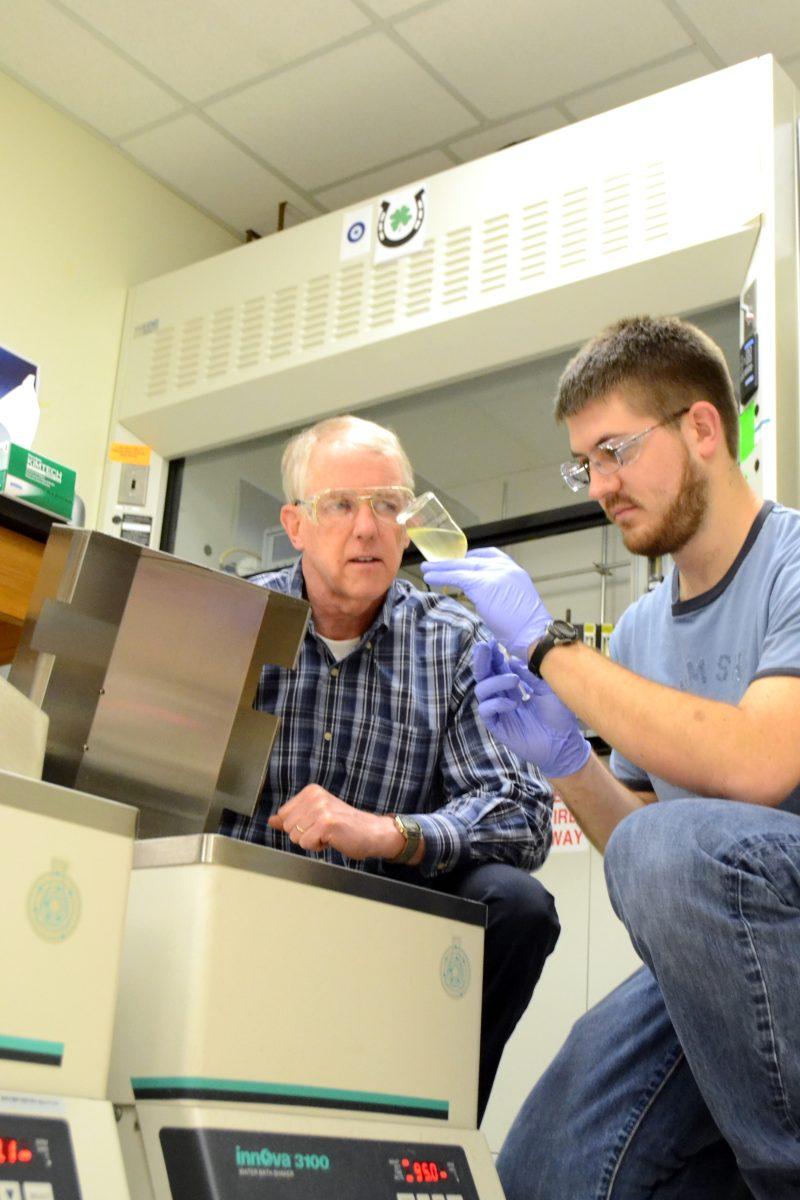Robert Kelly, director of the N.C. State Biotechnology Program, and Michael Adams, a biochemist at the University of Georgia, have found a way to use the excess CO2 in the atmosphere, the result of global warming, and turn it into biofuel.
Kelly and Adams did this by creating a new mutation of the microorganism Pyrococcus furiosus. Their version of the microorganism has metabolic processes that convert CO2 into useful fuels. They outlined their methods in a paper published in Proceedings of the National Academy of the Sciences.
“We wanted to work on a pathway to another organism,” Kelly said. “That organism would go directly from CO2 to a biofuel.”
The microorganism works by converting CO2 and hydrogen to 3-hydroxiproprionic acid, one of 12 essential chemical building blocks. This in turn could eventually be processed and turned into fuel that could be used to create electricity or power cars.
The Department of Energy supported the research as a part of its Electrofuels Program of the Advanced Research Projects Agency-Energy, in which the agency looked for electron fuels.
However, Kelly and Adams did not go to ARPA-E first, according to Kelly. They had some difficulty getting funding initially.
“The first place we proposed our idea to thought we were crazy,” Kelly said. Even five years ago, Kelly and Adams’ proposal was considered fantastical, according to Kelly.
But now, through CO2 sequestration and a process of chemical and metabolic engineering, Kelly and Adams have proven the world otherwise.
Kelly and Adams are experts on extremophiles, organisms that thrive in extreme conditions, and found that they could utilize Metallosphaera sedula, a single-celled organism which grows at 73 degrees Celsius, to alter P. furiosus. The team then used hydrogen gas to effect a chemical change in P. furiosus, thus making the fuel from CO2.
Kelly said he and Adams make for a good partnership, as one works extensively in chemical engineering and the other in biology, respectively.
They have been research partners for 25 years, and worked on many different projects before trying to develop P. furiosus. However, every project beforehand, according to Kelly, had some bearing on developing the microorganism.
“Some of these things come back to when we started doing research,” Kelly said. “This project has been 25 years in the making.”








